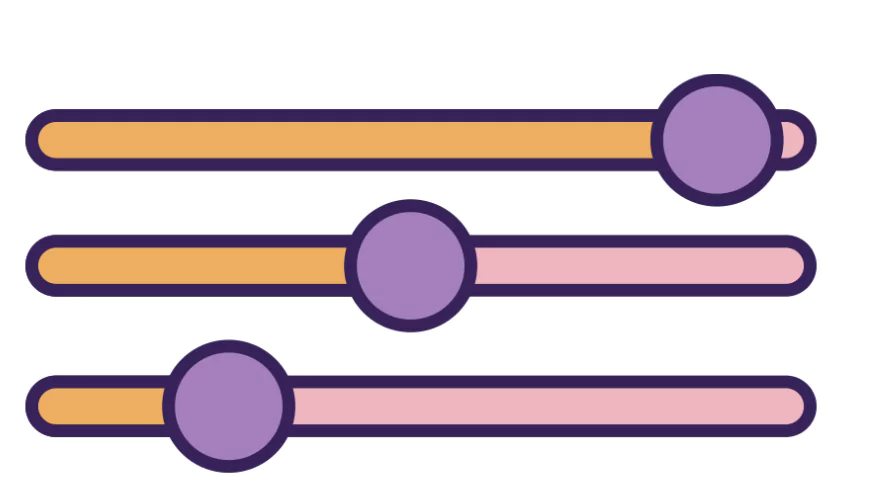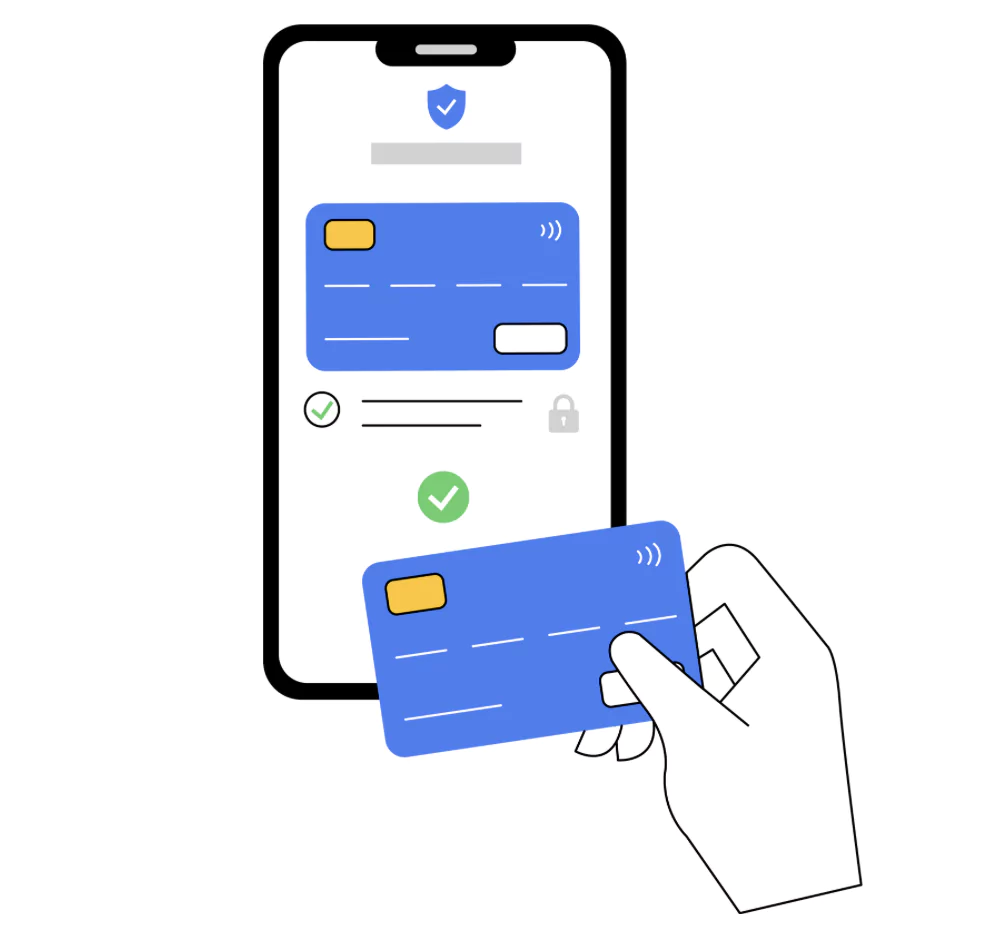Interfaces or user interface are those which help viewers connect with the system and understand what is going through in the current timing. Interface act as a connecting point between different devices and applications. With an effective interface you would be able to exchange a lot of information from the device.
In this blog, we will learn the importance of interfaces and what roles they play in current devices, industries and technologies.
Definition of Interfaces
An interface is an interaction point between a system, components and its devices. It is a method which defines the way in which different entities can communicate and interact with one other.
Popular devices and systems nowadays are integrated with latest and advanced interface to define how all systems or objects will work together without needing to know about the backend. There are many methods in which we can define interfaces especially based on hardware, networking, classes, computing, and more. But in this article, we will learn about user interface and its roles.
Types of Interfaces

Interfaces act as a connecting point between hardware and software components. However, there are few types of interface which we must be familiar with. Let us get familiar with them a little in this blog.
Hardware Interface
These types of interface help different hardware components or devices to communicate and share the information with each other. Some of the frequently used hardware components are USB drives, mouse, scanner, printer, and more.
Software Interface
These types of interface are used as a communication point for software applications. It is also known as a programming interface. Some popular examples of these interfaces are CPU, System memory, storage space, operating systems, networking protocols, software devices and more.
User Interface
User Interfaces are used to help humans or users communicate with various devices. It represents the layout and screen display which help machines provide information to the users in different formats and sizes. Some popular examples of interfaces are command line interface, graphical user interface, menu interface, and many more.
What Are the Advantages of Interfaces?
Interfaces are used for direct communication between various systems and devices. This communication helps devices integrate automation which helps in integrating various features in the application. Interfaces eliminate the intervention of humans in every aspect of technology such as hardware, software and other computing devices.
With automation in the interface you can save time and resources. At the same time you can improve the efficiency of workflows and prevent any error in the system.
How to Use Interface In Various Industries?

Interface has various applications and users in different industries, such as software, networking, communication, healthcare, automation, and more.
Uses In Software Development
In software development, interface is used to ensure that different software components can work together seamlessly. We can implement flexibilities, scalability in classes or modules.
For example, in web development, interfaces are commonly used to define the structure of data exchange between the front-end and back-end of applications, such as APIs (Application Programming Interfaces).
Uses In Networking/ Telecommunication
Interface play a key role in ensuring that devices can communicate over networks. You can refer to the hardware components like routers, modems, switches and more with software interfaces between different devices.
For example, the Ethernet interface allows devices in a local area network (LAN) to communicate, while interfaces in software, such as those found in firewalls or network management systems, help configure and monitor data traffic.
Read More: 5 Free UI UX Design Courses with Certification In 2025
Uses In Healthcare
In healthcare interfaces are used to ensure smooth communication between different systems. For example, in electronic health records (EHR) systems, an interface defines how patient data is exchanged between hospitals, clinics, and laboratories.
Uses in Automation/Manufacturing
In the manufacturing sector, interfaces are crucial for integrating various machinery and automation systems. Interfaces allow machines to communicate with central control systems, ensuring processes such as assembly line automation, quality control, and inventory management run smoothly.
What is User Interface?
User interface refers to the layout and design of a web application or device which help viewers or users to interact with the application properly. It includes various elements like page, buttons, alignments, menus, icons, and other components which users can interface directly.
For example, let us take an example of the landing page of PW Skills, the screen which you see in front of you is the user interface of the web application i,e. PW Skills.

Importance of User Interface Planning
Let us know some major importance of user interface given for users and designers.
- Enhanced User experience: An effective planning of user interface ensures that we can create user friendly products. This is the reason which ensures that users will have a good experience with the product.
- Improved Accessibility: When you consider accessibility in the starting phase the final product is likely to be more usable by a wide range of audience. It is important to include people with disabilities and more to expand the user base.
- More User Retention: With a well planned interface, user experience will improve which leads to higher satisfaction rates among viewers. Users are more likely to come back and increase user retention.
- Higher Conversion Rates: With a good user interface web application or organisation can earn people trust which will lead them to sign up and make a purchase. Focusing on proper user interface can improve conversion rates.
- Reduced User Errors: With planned UI guides the chances of making mistakes and errors significantly reduce where fewer errors means less user dissatisfaction and more business support.
- More Users Onboarding: People from diverse backgrounds will interact with your application if your user interface is well optimised and efficient. People will quickly register and onboard your product sooner.
Types of User Interface Design

Let us know some of the major types of user interface design much common in today’s devices.
Graphical User Interfaces (GUI)
GUIs allow users to interact with devices through graphical elements like icons and buttons, making technology more accessible and user-friendly. Examples include MacOS, Windows, and mobile OS like iOS and Android.
Command-Line Interfaces (CLI)
CLIs require users to type specific text commands to interact with a system, often preferred for tasks that require efficiency and precision. Examples include the Windows Command Prompt and Linux Terminal.
Touch User Interfaces
Touch interfaces enable users to interact with devices using their fingers or styluses on touch-sensitive screens. Popular in smartphones, tablets, and modern ATMs.
Voice User Interfaces (VUI)
VUIs allow users to control systems via voice commands, utilizing natural language processing and AI. Examples include Siri, Google Assistant, and Alexa.
Gesture-based Interfaces
These interfaces detect human gestures, such as swiping or pinching, as commands. They are commonly used in mobile devices and laptops with touchpads.
Virtual Reality (VR) and Augmented Reality (AR) Interfaces
VR and AR interfaces create immersive or interactive experiences by either placing users in virtual worlds or overlaying digital information on the real world. Examples include Oculus Rift and Pokémon Go.
Biometric Interfaces
Biometric interfaces use unique biological traits, such as fingerprints or facial recognition, for user identification and interaction. Examples include fingerprint scanners on smartphones and facial recognition systems.
Haptic and Tactile Interfaces
These interfaces provide feedback through touch or vibration, enhancing interaction by engaging the sense of touch. Examples include vibrating game controllers and haptic feedback on smartphones.
Learn UI/UX Design with PW Skills
Become a master in user interface design and build strong, intuitive and appealing user interface design with PW Skills online UI UX Design Course. This 6 months course will help you upskill in all major advanced technologies related to various devices and frameworks used. You will get in-deptth tutorials through live and recorded classes.
Practice with module level assignments, practice exercises, industry level projects, quizzes, and more. Complete all the assessments and more to get your certificate and strengthen your job portfolio only at pwskills.com.
Interfaces FAQs
Q1. What are interfaces?
Ans: An interface is an interaction point between a system, components and its devices. It is a method which defines the way in which different entities can communicate and interact with one other.
Q2. What is User Interfaces?
Ans: User interface refers to the layout and design of a web application or device which help viewers or users to interact with the application properly.
Q3. What are various types of interfaces?
Ans: Some major types of interfaces are software interface, hardware interface, user interface, networking interface, automation interface, and more.
Q4. Why is the User interface important?
Ans: User interface is a communication point between users and system where a well optimised user interface leads to people trust, more conversion, satisfied users, and more revenue.

